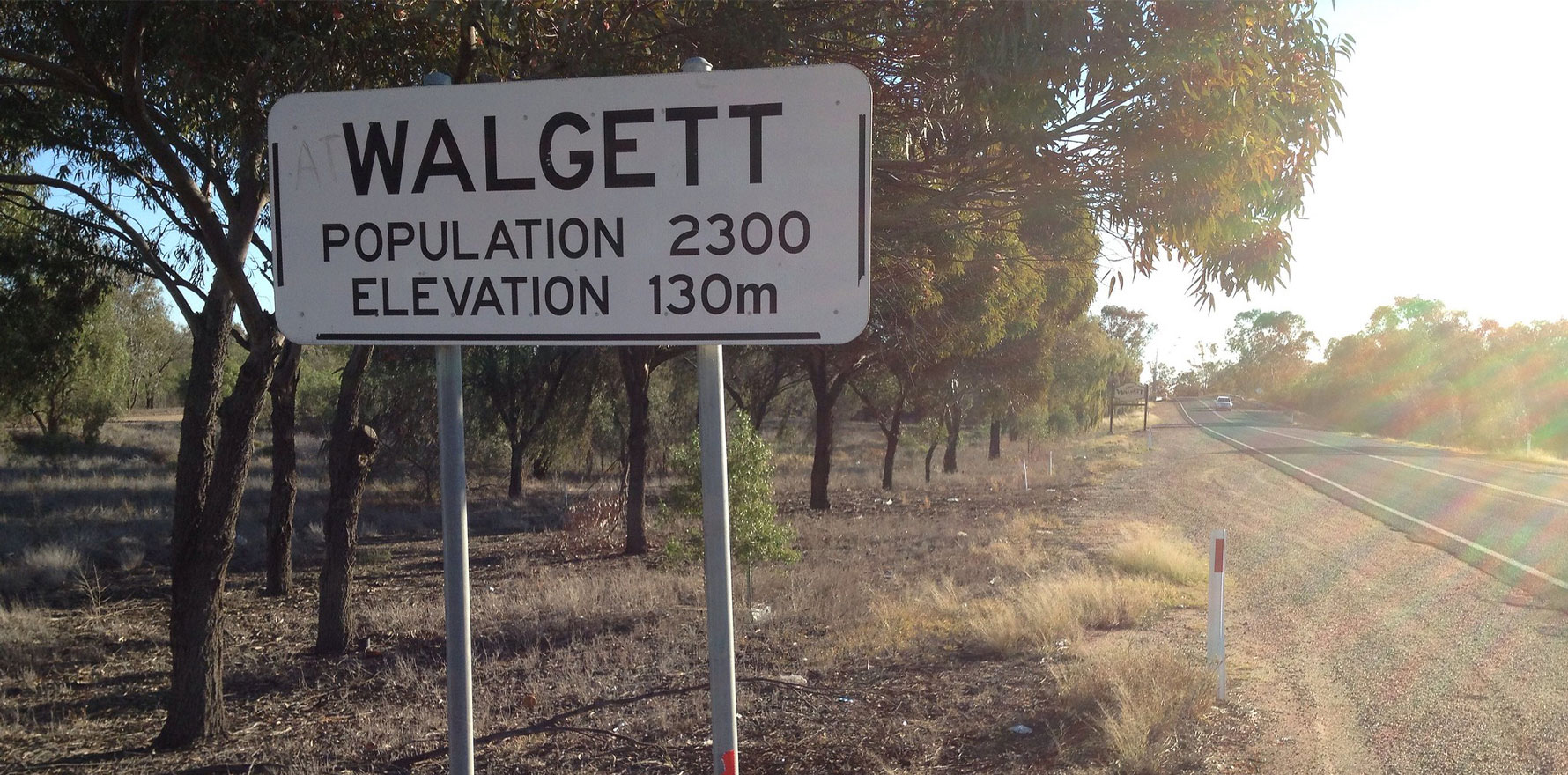Regular skin checks have played a key role in the outstanding results, say researchers.
A large-scale Australian skin study has halved the rate of skin infections in Aboriginal children living in remote communities, with regular skin checks playing a major role in the outcomes.
Led by The Kids Research Institute Australia and Aboriginal health organisations in partnership with nine Aboriginal communities in Western Australia’s Kimberley region, the five-year SToP Trial set out to identify the best possible methods to See, Treat and Prevent painful skin sores and scabies.
Left untreated, skin infections can cause life-threatening illnesses including rheumatic heart disease, sepsis and kidney disease – all of which disproportionately affect Aboriginal and Torres Strait Islander Australians.
“Skin sores, or impetigo, are a massive problem – our previous research has shown children living in Australia’s remote Aboriginal communities have the highest rates of impetigo in the world,” said SToP Trial lead Professor Asha Bowen.
“These painful and itchy infections are so common they were seen as ‘normal’ and often left untreated, which can lead to life-threatening illnesses.”
As part of the trial, researchers worked closely with community members and local health services – including Kimberley Aboriginal Medical Services, Nirrumbuk Environmental Health and Services, and the WA Country Health Service-Kimberley – to complete skin check-ups and yarn about the best approaches for local treatment and sharing prevention messages.
Professor Bowen, head of the Healthy Skin and ARF Prevention team at the Wesfarmers Centre of Vaccines and Infectious Diseases, professor at The University of Western Australia and paediatrician at Perth Children’s Hospital said the magnitude of the project was “huge”.
The team followed 915 children and visited schools in nine communities three times per year over the study period.
“We completed 3084 skin checks over the four-year period and covered over 45,000km travelling to 81 community visits in order to gain a full picture of how skin infections affect kids and their families,” she said.
The findings, published in The Lancet Child & Adolescent Health and eClinicalMedicine, reveal that while the rate of skin infections early in the study period was close to 40%, this had been reduced to 20% by the end of the trial.
“Our aim for the SToP Trial was to decrease the burden of skin sores by 50% – an outcome we are proud to have achieved,” said Professor Bowen.
The results demonstrated that improved detection through skin surveillance in schools played the biggest role in achieving our outcome – having a strong focus on regular skin checks, communicating these results to the school, clinic and families, and really elevating skin health as a priority were the key factors we were able to identify in the SToP Trial.
“Ultimately, I would like to see Aboriginal children living in remote communities having the same rates of skin sores as any other child in Australia, which means getting it down to around one in every 20 children,” said Professor Bowen.
“The prevention side of our research highlighted the importance of environmental health and the availability of suitable, well-maintained living conditions, so we really need to advocate for solid investment in healthy housing and regular maintenance in order to achieve this.”
Related
One Arm Point community navigator for the StoP Trial, Mayala Bardi Jawi woman Janella Isaac, said using the approach of empowering community members to assist with engaging with families and building their own capacity meant the research project was welcomed with open arms.
“Working with community navigators to assist with the delivery of health messages, bringing the community together at BBQs and having the same researchers return to the same place for each visit made all the difference in building relationships with the families involved,” said Ms Isaac.
“For my own children, participating in the study helped us in a big way – they were really engaged in learning how to prevent skin infections both for themselves and future generations.”
First author Dr Hannah Thomas said the involvement of children and local communities in the Kimberley had been absolutely pivotal, ensuring everyone worked together towards the goal of healthy skin.
“We really wanted to empower the children to prioritise their own health, so in addition to skin checks and efforts to improve treatment we embedded a number of interactive projects for the kids to get involved in,” said Dr Thomas.
“This included a hip-hop video filmed on the Dampier Peninsula that shared healthy skin messages in the children’s own words, co-designing workshop materials in the classroom, and developing healthy skin story books featuring language, photos and artwork created by the students.
“Together, these resources create a legacy that combines western medicine and traditional cultural knowledge that will help communities maintain healthy skin.”




